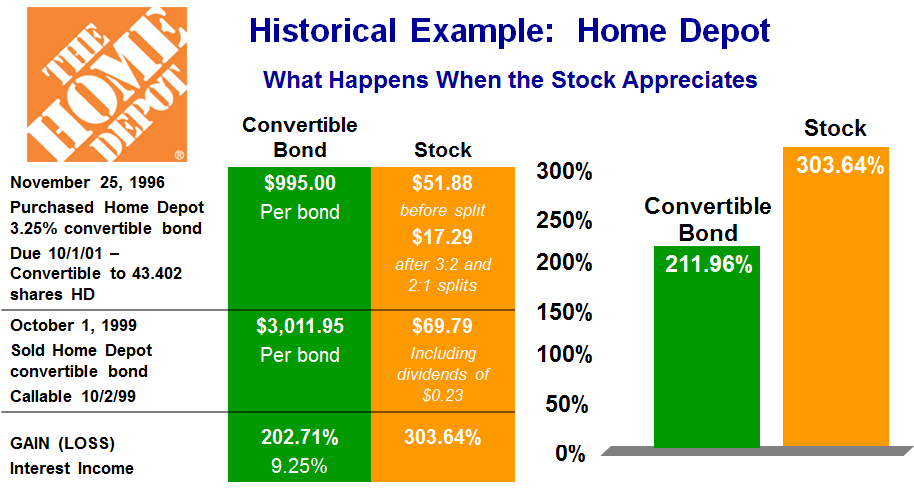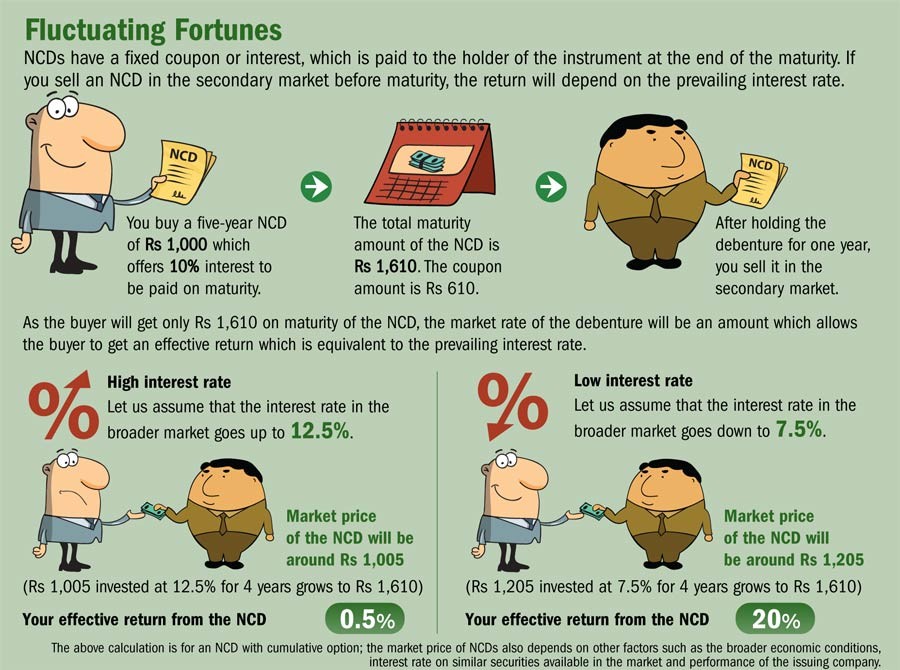Convertible Bonds Pros And Cons For Companies And Investors
Post on: 27 Апрель, 2015 No Comment

There are pros and cons to the use of convertible bonds as a means of financing by corporations. One of several advantages of this delayed method of equity financing is a delayed dilution of common stock and earnings per share (EPS). Another is that the company is able to offer the bond at a lower coupon rate — less than it would have to pay on a straight bond. The rule usually is that the more valuable the conversion feature, the lower the yield that must be offered to sell the issue; the conversion feature is a sweetener. Read on to find out how corporations take advantage of convertible bonds and what this means for the investors who buy them. (For background reading, see Convertible Bonds: An Introduction .)
Tutorial: Advanced Bond Concepts
Advantages of Debt Financing
Regardless of how profitable the company is, convertible bondholders receive only a fixed, limited income until conversion. This is an advantage for the company because more of the operating income is available for the common stockholders. The company only has to share operating income with the newly converted shareholders if it does well. Typically, bondholders are not entitled to vote for directors; voting control is in the hands of the common stockholders.
Thus, when a company is considering alternative means of financing, if the existing management group is concerned about losing voting control of the business, then selling convertible bonds will provide an advantage, although perhaps only temporarily, over financing with common stock. In addition, bond interest is a deductible expense for the issuing company, so for a company in the 30% tax bracket, the federal government in effect pays 30% of the interest charges on debt. Thus, bonds have advantages over common and preferred stock to a corporation planning to raise new capital. (To learn more, read What do people mean when they say that debt is a relatively cheaper form of finance than equity? )
What Bond Investors Should Look For
Companies with poor credit ratings often issue convertibles in order to lower the yield necessary to sell their debt securities. The investor should be aware that some financially weak companies will issue convertibles just to reduce their costs of financing, with no intention of the issue ever being converted. As a general rule, the stronger the company, the lower the preferred yield relative to its bond yield.
There are also corporations with weak credit ratings that also have great potential for growth. Such companies will be able to sell convertible debt issues at a near-normal cost, not because of the quality of the bond but because of the attractiveness of the conversion feature for this growth stock. When money is tight and stock prices are growing, even very credit-worthy companies will issue convertible securities in an effort to reduce their cost of obtaining scarce capital. Most issuers hope that if the price of their stocks rise, the bonds will be converted to common stock at a price that is higher than the current common stock price. By this logic, the convertible bond allows the issuer to sell common stock indirectly at a price higher than the current price. From the buyer’s perspective, the convertible bond is attractive because it offers the opportunity to obtain the potentially large return associated with stocks, but with the safety of a bond. (Learn more about investing in corporate bonds in Corporate Bonds: An Introduction To Credit Risk .)
The Disadvantages of Convertible Bonds
There are some disadvantages for convertible bond issuers, too. One is that financing with convertible securities runs the risk of diluting not only the EPS of the company’s common stock, but also the control of the company. If a large part of the issue is purchased by one buyer, typically an investment banker or insurance company, conversion may shift the voting control of the company away from its original owners and toward the converters. This potential is not a significant problem for large companies with millions of stockholders, but it is a very real consideration for smaller companies, or those that have just gone public. (For related reading, see Corporate Takeover Defense: A Shareholder’s Perspective .)
Many of the other disadvantages are similar to the disadvantages of using straight debt in general. To the corporation, convertible bonds entail significantly more risk of bankruptcy than preferred or common stocks. Furthermore, the shorter the maturity. the greater the risk. Finally, note that the use of fixed-income securities magnifies losses to the common stockholders whenever sales and earnings decline; this is the unfavorable aspect of financial leverage.
The indenture provisions (restrictive covenants) on a convertible bond are generally much more stringent than they are either in a short-term credit agreement or for common or preferred stock. Hence, the company may be subject to much more disturbing and crippling restrictions under a long-term debt arrangement than would be the case if it had borrowed on a short-term basis, or if it had issued common or preferred stock.

Finally, heavy use of debt will adversely affect a company’s ability to finance operations in times of economic stress. As a company’s fortunes deteriorate, it will experience great difficulties in raising capital. Furthermore, in such times investors are increasingly concerned with the security of their investments, and they may refuse to advance funds to the company except on the basis of well-secured loans. A company that finances with convertible debt during good times to the point where its debt/assets ratio is at the upper limits for its industry simply may not be able to get financing at all during times of stress. Thus, corporate treasurers like to maintain some reserve borrowing capacity. This restrains their use of debt financing during normal times. (For more on corporate debt, see Evaluating A Company’s Capital Structure and Debt Reckoning .)
Why Companies Issue Convertible Debt
The decision to issue new equity, convertible and fixed-income securities to raise capital funds is governed by a number of factors. One is the availability of internally generated funds relative to total financing needs. Such availability, in turn, is a function of a company’s profitability and dividend policy.
Another key factor is the current market price of the company’s stock, which determines the cost of equity financing. Further, the cost of alternative external sources of funds (i.e. interest rates) is of critical importance. The cost of borrowed funds, relative to equity funds, is significantly lowered by the deductibility of interest payments (but not of dividends) for federal income tax purposes.
In addition, different investors have different risk-return tradeoff preferences. In order to appeal to the broadest possible market, corporations must offer securities that interest as many different investors as possible. Also, different types of securities are most appropriate at different points in time.
Conclusion
Used wisely, a policy of selling differentiated securities (including convertible bonds) to take advantage of market conditions can lower a company’s overall cost of capital below what it would be if it issued only one class of debt and common stock. However, there are pros and cons to the use of convertible bonds for financing; investors should consider what the issue means from a corporate standpoint before buying in.














